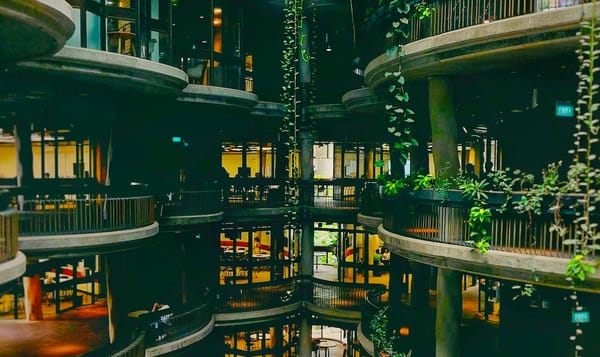building a better board

Board members are almost never the ones using the services their organization provides. Some may have lived experience: they experienced first-hand the problems their non-profit aims to solve. While some people dream of a board full of lived experience, lived experience is not enough. Instead, we should want people who currently need our non-profits to be the ones who lead them.
In an ideal world, a board is a representative group of owners that emphasizes current lived experience. You could have a mix of current and past lived experience if the board is exclusively made of these two groups. These board members would consult with each other and their communities. Their collaboration would define the goals and end statements in our strategic plan.
lived experience is not enough
There’s an old joke about the non-profits who exist to end poverty. If you want to end poverty, the joke goes, give money to people in poverty. But the COVID response is showing that… this is actually true. Instead, we dream up countless programs that treat poverty like a problem we have to sneak up on. We aim to lift our neighbors out of traps we can’t see, but that they can define with sublime precision.
I struggled to make ends meet while I was in college. That experience is real, and true to me. But it doesn’t tell me about the problems that someone else in my shoes might face today. Instead, my lived experience should serve to remind me that when I was in need, I knew what I needed.
People who are currently struggling have experience and expertise that outweighs our own. Their ideas will be more relevant to current state and the environment where they live. We’re not the ones experiencing poverty, so why would we look to ourselves for the solutions?
the trap of advisory boards
Now we agree that it helps to have people with current lived experience call the shots. The next pitfall is tokenizing those people. Sometimes that tokenization manifests as an advisory board. These groups have “board” in their name, but they’re more like focus groups. Most advisory boards serve to consult on or tweak the best ideas that we come up with. At their worst, we use them to rubber-stamp the ideas that we had without their involvement.
Other times, that tokenization shows up as an “honorary” board membership. One person with current lived experience joins the board as a kind of special envoy. First off, this forces a single person to represent a vast diaspora of situations and needs. This can bog us down with the very different needs of that token board member. That person can’t afford to take time off work: we should pay them for their time. But nobody else on the board gets that compensation. It feels weird to pay only one person. The person can’t raise thousands for the organization: okay, so they don’t have to. But that’s a responsibility the rest of the board has. These contribute to a dynamic of a “real” board that sits alongside the “token” member. It’s hard to get this dynamic right while making their participation meaningful.
The approaches above are all missing the obvious: we have power that we should entrust to people who need it. We must create a space for people to articulate and actualize their own needs. We need to create a structure that gives outsized power to the people we serve. We need to create a structure that moves people in need past consultation and into ideation.
building it better
There are plenty of resources on how to build a board with a community-driven governance model. But there’s actually an easier way. Take a regular board, and an advisory board. Then swap the titles!
Now, your regular board is nothing but people with lived experience. Pay them for their time. Pay for their childcare. Make sure they have what they need to attend all the meetings. Invest actual decision-making power within this body. Recruit people who are Black and Indigenous. Add other people of color. Look for a range of geographic and cultural diversity. Ask these board members to engage others in board recruitment.
And over on the advisory board, you have your industry experts. Advisory board members would bring needed corporate, non-profit, and fundraising experience. Consult with them on the ideas generated by the board. They can help operationalize the actual stated needs of the community. The advisory board would have more time to fundraise, network, and dig into the mission. This group would learn so much from your board members. Make that happen!
in the meantime
It’s of course not enough to create an advisory board and call it “the board.” You first have to acknowledge that a standard board structure doesn’t work. How many non-profits have closed because they solved the problem? Not a lot of them! We can look to smaller steps on the path to a true community-run board. Start by recruiting people from a local speakers bureau. Speakers bureaus train people with lived experience to speak about their experience. They also establish a compensation structure that the speakers have already agreed to. It’s often less than what they’re worth; speakers, too, do this work as a labor of love.
Recognize that your community already has many of the tools and ideas they need to succeed. What holds back so many people is not ideas, but money, power, and the ability to fail and try again.
We have the power to reject the dynamic of a disconnected or out-of-touch board. We can create something better. We can let the true experts lead the way.



